Jaap Boehmer, Rijnstate Hospital, Netherlands
In the Netherlands, Prevention in Medicare is important. In the presentation is shown how it is done in Health care in General Medicine. Specially in Dentistry, the Dental Profession succeeded to get for the Youth till 18 Years, nearly no Decay. How did they do that? What is the [....] » Read More
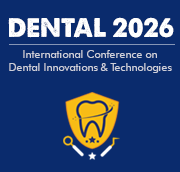





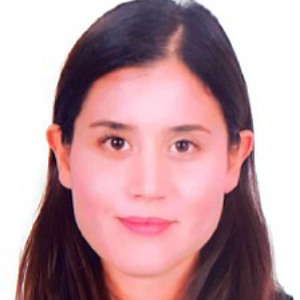
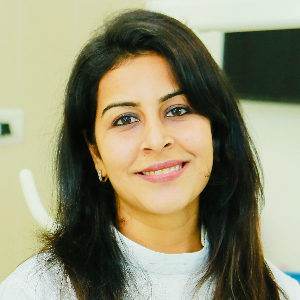
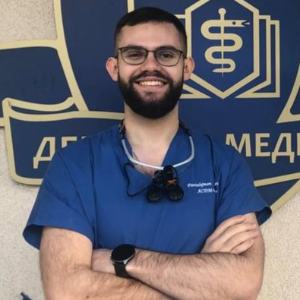
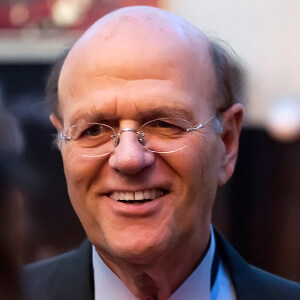


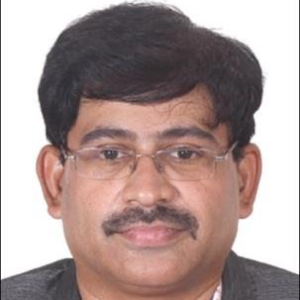


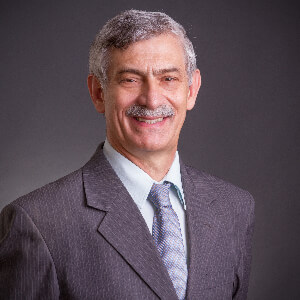


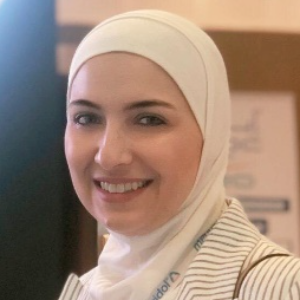

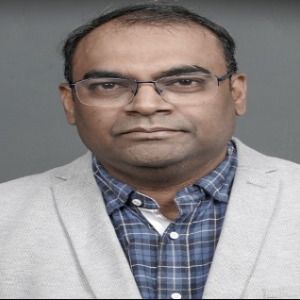
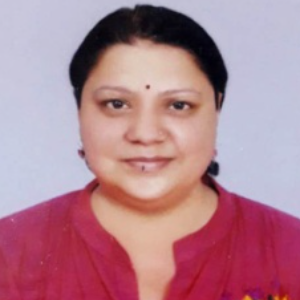

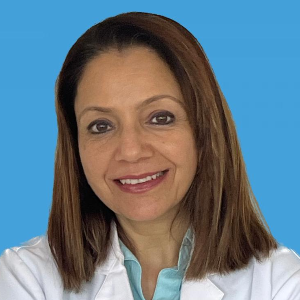
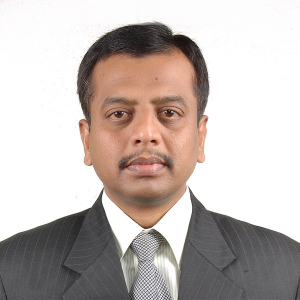


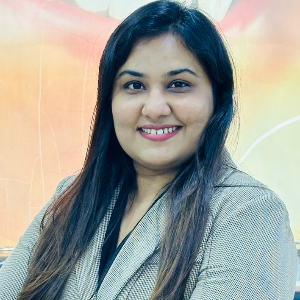
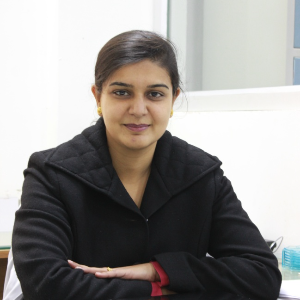



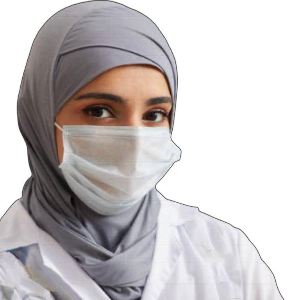
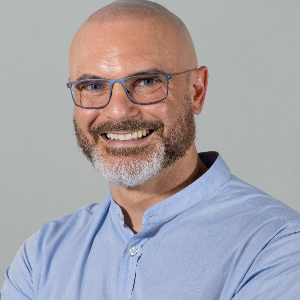

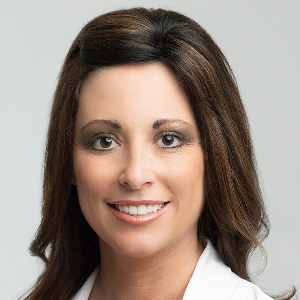







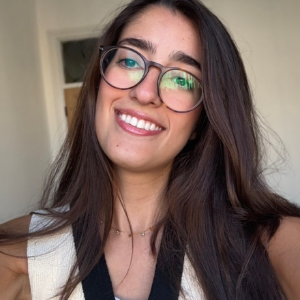


Title : Innovation of novel products for the treatment of dentine hypersensitivity: A personal journey
David Geoffrey Gillam, Queen Mary University of London, United Kingdom
The development of products for the dental market is a complex process requiring numerous stages of development from the laboratory to the clinical or consumer environment. There is no guarantee of success since very few products enter into the consumer market. As a clinician, I [....] » Read More
Title : Facial trauma updates 2025
Steven J Traub, American Institute of Oral Biology, United States
What every dentist and medical practitioner should know about facial injury evaluation, treatment, and long-term outcomes related to facial bone fractures, soft tissue injuries, and associated dental-related problems.. Special emphasis will be paid to airway protection, gunshot w [....] » Read More
Title : Oral bacteria detected in catheterism samples by patients with angina or acute myocardial infarction
Vitoldo Antonio Kozlowski Junior, Ponta Grossa State University, Brazil
Considerable evidence support a set of plausible mechanisms by which oral bacteria may directly or indirectly contribute to acute cardiovascular disease. Coronary artery disease occurs when there is blockage in one or more of the major arteries that supply blood to the heart; the [....] » Read More
Title : Digital implantology: Using digital workflows for improved & predictable implant cases
Marcus Cowan, DMD, United States
In 2025, technology has become ingrained in the practice of dentistry. Digital dentistry is in some way incorporated into almost every practice, whether it is an intraoral scanner, a CBCT, digital x-rays, AI diagnostic x-ray technology, the list goes on & on. With regards to [....] » Read More
Title : Antimicrobial performance of commercial antiplaque/antigingivitis formulations
Robert L Karlinsey, Custom Dental Formulations, LLC, United States
Introduced at least as early as 1995, plaque growth and regrowth methods (PGRM) are sometimes used to assess the potential efficacy of antimicrobial oral care formulations. In fact, PGRM models are recognized as an evaluation tool by the US FDA for products comprising cetylpyridi [....] » Read More
Title : Long-term evaluation of soft tissue stability in class 1 defects treated with GBR technique
Jamal Hassan Assaf, Federal University of Santa Maria, Brazil
Resorption of the alveolar walls, particularly the buccal walls, has been observed after tooth extraction. Since the buccal bone wall is composed of bundle bone, resorption is greater in this area. In contrast, less resorption is found in the lingual walls, which are thicker and [....] » Read More
Title : Immediate post-extraction molar implant placement
Steven J Traub, American Institute of Oral Biology, United States
Titanium: The Ultimate Socket Preservative! This lecture reviews the results of an 11-year private practice experience documenting over 800 consecutive cases with an overall success rate of 94% without supplemental bone grafting prior to implant placement. This is the immed [....] » Read More
Title : Advanced aesthetic planning in dental implants
Cindy Dodo, Marquette University, United States
Digital planning enhances aesthetic expectations and provides better prognostics for implant placement and restoration. By determining the smile through digital planning, clinical outcomes for aesthetic restorations can be significantly improved. This presentation aims to share t [....] » Read More
Title : Food for thought
Anya Rani Sharma, National Care Alliance & Manchester Foundation Trust, United Kingdom
Food for Thought is a quality improvement initiative designed to weave dietetic expertise into the management of dental nutrition within the Community Dental Service (CDS) for Special Care Dentistry (SCD). This project addresses the complex dental and nutritional needs of special [....] » Read More
Title : The MFS philosophy: A causal approach to craniofacial growth and development through myofunctional stimulation
Monika Osko, Group Dental Practice Marcin Ośko, Monika Ośko sp.c., Poland
This presentation explores the MFS (Myofunctional Stimulation) philosophy as a causal and interdisciplinary approach to craniofacial growth and development. It begins with an introduction to the historical background and global adoption of the MFS approach, emphasizing its holist [....] » Read More
Title : Tool-assisted myofascial release for the oral floor and tongue: Enhancing mobility and supporting frenulotomy
Monika Osko, Group Dental Practice Marcin Ośko, Monika Ośko sp.c., Poland
Theoretical Introduction • Discussion of ankyloglossia as an issue limiting tongue mobility. • The role of the myofascial system in the oral floor in tongue function. • Importance of the topographic anatomy of the tongue’s frenulum and oral floor fascia. [....] » Read More
Title : Case report: A rare presentation of florid cemento-osseous dysplasia
Anya Rani Sharma, National Care Alliance & Manchester Foundation Trust, United Kingdom
Introduction: Florid Cemento-Osseous Dysplasia (FCOD) is a benign fibro-osseous lesion that primarily affects the tooth-bearing regions of the jaws. It is often detected incidentally during radiographic evaluations and generally does not require invasive treatment. This report de [....] » Read More
Title : Correlation analysis of the shear bond strength and adhesive remnant index in orthodontic adhesive systems: In vitro study
Rytis Vaitiekunas, Lithuanian University of Health Sciences, Lithuania
Introduction: The success of orthodontic treatment relies on the durability and strength of adhesive bonds formed between the brackets and enamel, with Shear Bond Strength (SBS) ensuring that brackets remain attached to the teeth, particularly during masticatory movements. Howeve [....] » Read More
Title : Comparison of maxillary expansion outcomes using clear aligners versus rapid palatal expanders in mixed dentition patients
Grete Kazlauskaite, Lithuanian University of Health Sciences, Lithuania
Maxillary transverse deficiency (MTD) is one of the most widespread skeletal problems in orthodontics, affecting about 21% of patients in the mixed dentition stage (Bruni et al., 2024; Lu et al., 2023). Usually, two different appliances - rapid maxillary expander (RME) or slow ma [....] » Read More